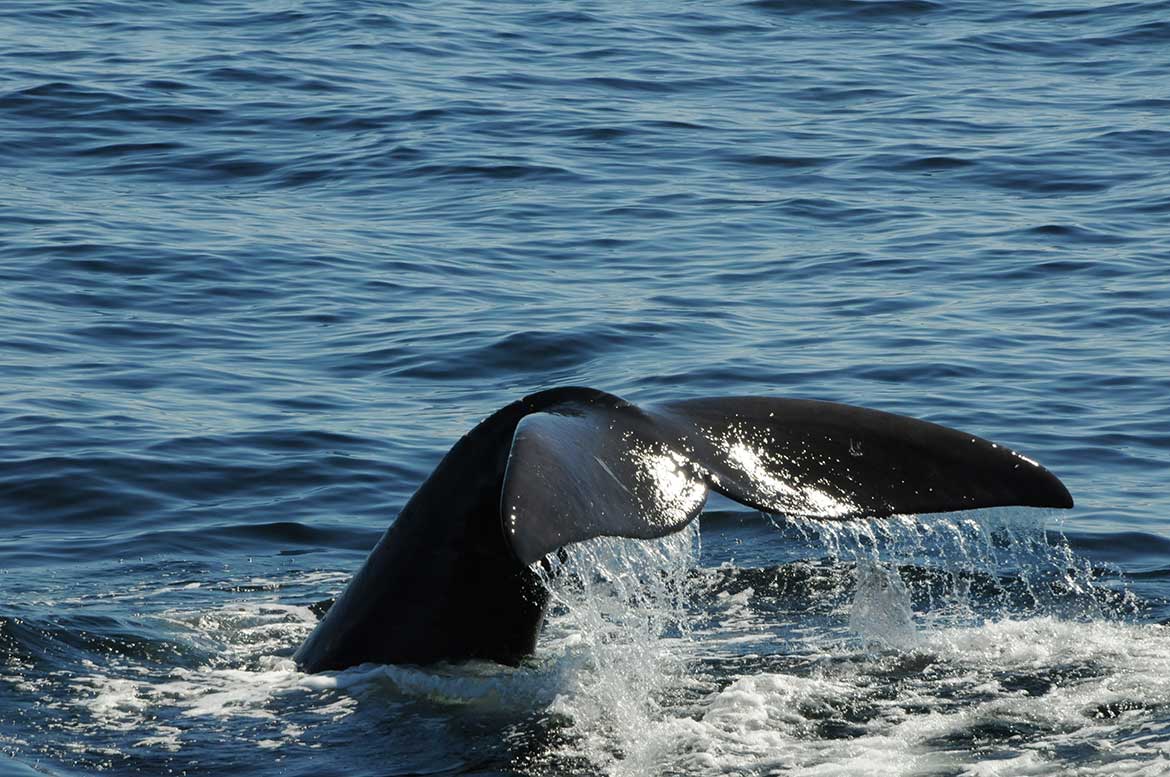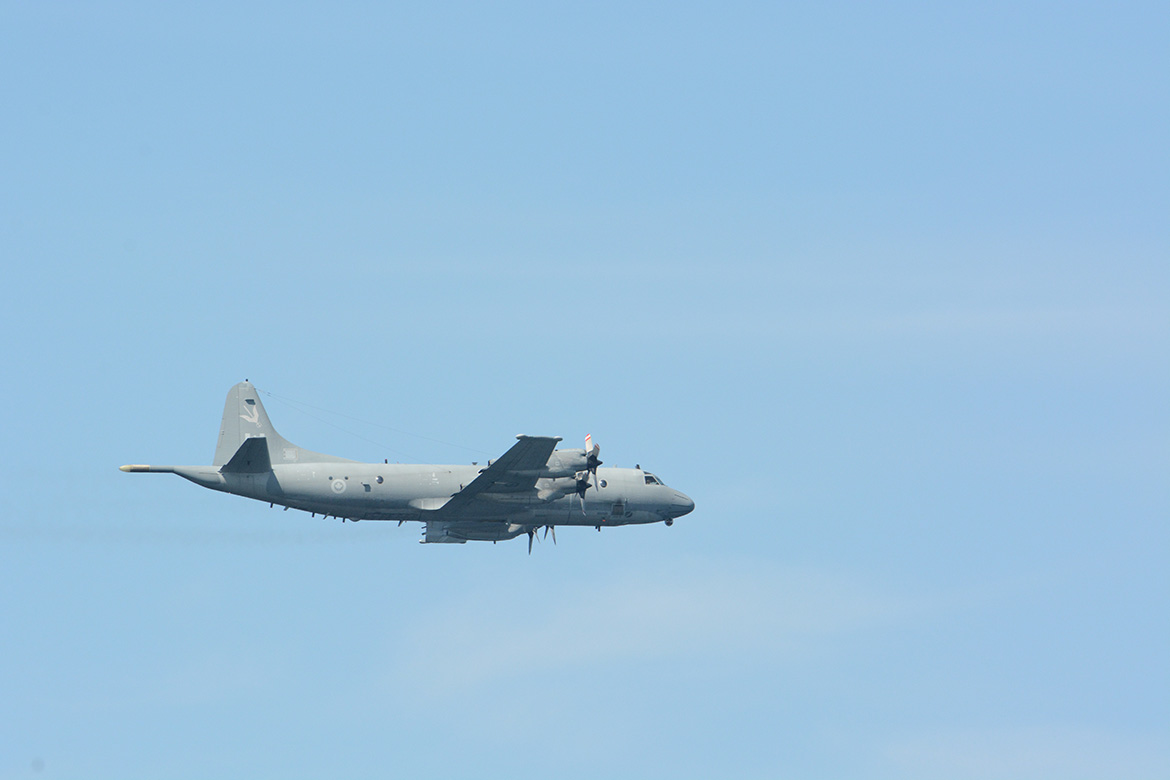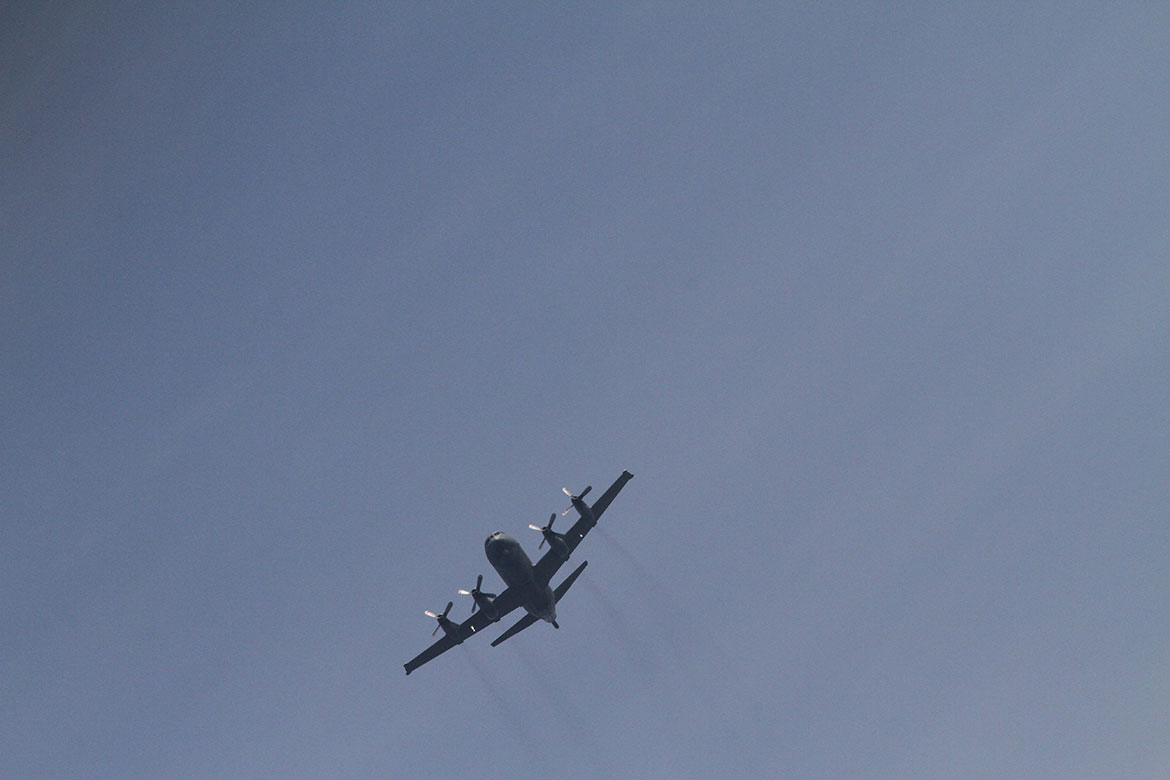Defence Research and Development Canada leads a pan governmental experiment in whale preservation
From Defence Research and Development Canada
December 3, 2018
Internal and corporate communications, in collaboration with Dugald Thomson (Defence Research and Development Canada)
Two Ph. D candidates, Maj. Dugald Thomson (Defence Research and Development Canada) and Hansen Johnson (Dalhousie University) spearheaded an experiment to understand right whale behavior while testing new Royal Canadian Air Force (RCAF)’s monitoring and recognition software.
The experiment was a government wide “data-blitz” operation to build sonar “tracks” of endangered right whales in the Gulf of St. Laurent. The two-day operation involved deploying underwater robots, vessels, and aircrafts in the Gulf of St. Lawrence. Traditional means of tracking were combined with Tactical Mission Reconstruction (TMR) – a sophisticated military system traditionally used to track submarines – to detect, classify, localize and count the whale population in the gulf.
The approach was unique. In two days, a RCAF long-range patrol aircraft dropped 32 specially-rigged buoys in an area of 1,500 km2. Their function is to transmit underwater sounds back to the aircraft and pinpoint the exact location of an underwater sound source, such as whale calls or acoustic data near whale's aggregations. A team from North East Fisheries Science Center was flying overhead, and fishing vessel with researchers from Canadian Whale Institute/New England Aquarium researchers visually documented and photographed right whales. Below the water's surface, two autonomous underwater vehicles from Dalhousie University and the Marine Environmental Observation, Prediction and Response Network (MEOPAR) were recording right whale calls and measuring ocean conditions. A satellite overhead was capturing images of the area to map the ocean surface and test the ability of remote sensors to chart right whale distribution in the area.
In the days and weeks following the data-blitz, the images obtained were compared to those of all the previously photographed whales in the North Atlantic Right Whale Catalogue. This will provide information about each whale including their age, sex, and where and when they were last seen. Researchers hope that in the long run the experiment will provide new insights into right whale monitoring and behaviour that will help improve conservation outcomes.
All researchers agree that this whole-of-government effort to preserve these few remaining right whale individuals may be the best chance this species has for survival.
The sonar “tracks” will help develop localization techniques for the MEOPAR underwater gliders, and characterize the detection capabilities of their sensors. This will provide exceptionally valuable data to military researchers. The data will also allow Department of National Defence (DND) to refine its TMR technique for transient, multi-source tracking (a significant challenge in an era of ever-quieter submarine threats) and provide an excellent dataset for testing the capability of RCAF’s new marine mammal monitoring and recognition software, which was recently obtained to minimize the environmental impact of its own active sonar activities.
Quote:
“The government has made considerable efforts to take action on this national imperative, and this trial is just one example of inspired people coming together to use the skills and tools they have to make a difference.”
Related links
- Canadian Armed Forces
- Globe and Mail: The great whale watch: How a data blitz put the plight of endangered animals into sharper relief
- Global News: New study aims to improve conversation around North Atlantic right whales
- Dalhousie News: Armed with data: Unprecedented experiment with the Canadian military provides new insights on right whales
- Dalhousie News: A Race Against Time
- NOAA News: NOAA Fisheries Teams Up with Canada for Second Summer of Right Whale Surveys
- Canada’s Oceans Protection Plan
- Species at Risk Public Registry
- On alert for whales: Interactive Map
- Whale Habitat and Listening Experiment




